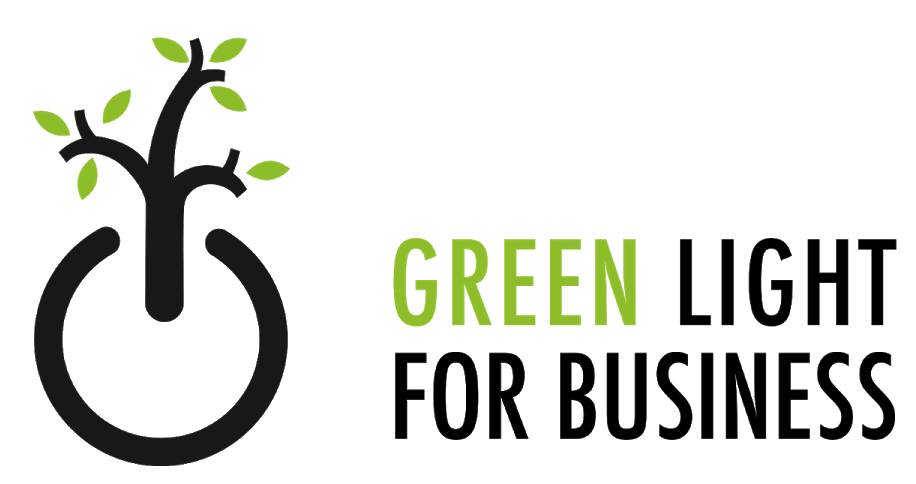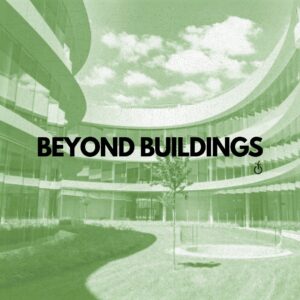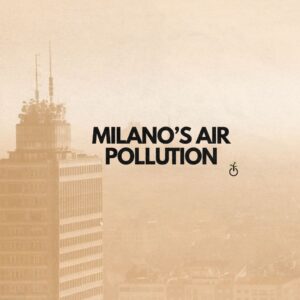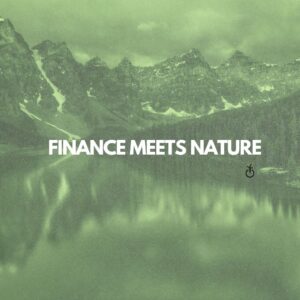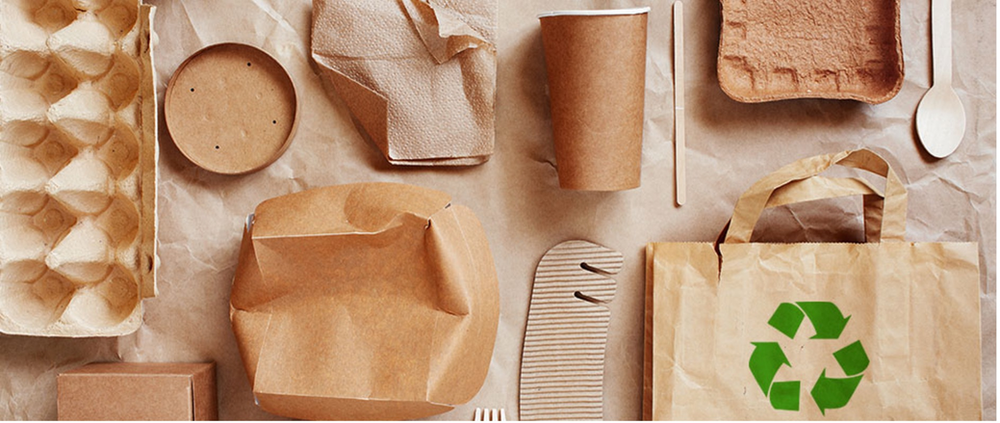
It’s no secret we have a problem with packaging waste and pollution. 82.2 million tons of packaging waste is produced every year. Roughly the equivalent of 600 thousand blue whales. Thinking about these figures the questions came spontaneously. How did we end up in this situation? Why is packaging designed to be waste? What are the main industries doing to tackle the issue?
Our journey starts in the early 1900s when packaging was pictured by people through the iconic character of the milkmen. Bottles of glass were considered by the dairy companies as assets and packaging, in general, was made to be durable. The more durable the packaging was, the lower the cost per client. In time, packaging started to incorporate the idea of disposability. As such, it began to be considered as “cost of goods sold” for companies. The cheaper the package the lower the cost per client. For this reason, the main objective was to make it less costly, thinner, and lighter, reducing materials but at the same time reducing quality and life cycles. Mono-use plastic became a reality and waste started to accumulate and pollute the environment.
A huge problem in the field is the consumer hesitancy to pay more for sustainable packaging. To change this behaviour and accomplish the goal of circular economy, a cradle-to-cradle design approach is the first step on the line.
There are four main radically different trends the industry is experimenting with:
– Reduce: The diminishing use of plastic and the increase usage of Post-Consumer Resin (PCR) in packaging material are just some of the many ways the industry is trying to reduce the impact on the environment. The implementation of Extended Producer Responsibilities (EPR), the use of plastic aerosols or the design of removable shrink sleeves account for most of recent innovations. Another big trend is the application of a “filling economy” in order to avoid invisible waste, in other words, the maximisation of space used in packaging transportation or in actual products. However, “plastic” is a big family of materials therefore, reducing its use might not be enough to solve the whole issue.
– Recycle: To achieve a sustainable circular economy in packaging production it is important to address the missing link between waste and new packaging. This issue is mainly related to sorting. Right now, most recycling is actually downcycling: it reduces the quality of a material over time. To tackle this issue, a huge step was taken into this direction by a new innovative solution call “HolyGrail 2.0”. With partners from P&G, PepsiCo or Henkel, to name a few, the pioneering project proposes the standardization of tracer/watermark sorting. It means the use of “invisible” QR-code imprinted into the packaging or the mould itself, to trace the materials of a particular product at its end-life. This will enable easier and more efficient sorting but could also evolve into fast checkouts for retailers. Indeed, there would be no more need for barcodes! When the product would reach the landfills, it would be easier to assess which materials it contains and ultimately use them to put plastic back into the system.
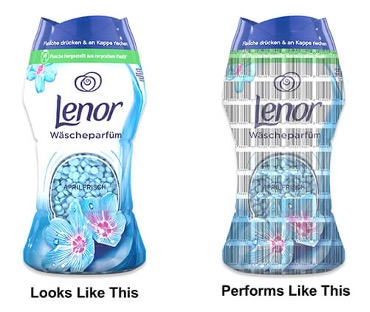
The concept behind Digital Watermarks Initiative at HolyGrail 2.0
– Image credit: us.pg.com
– Reuse: A substantial barrier, when we think about sustainability, is the idea of reusable packaging. For both consumers and manufacturers, it is hard, nowadays, to conceive the possibility of using a package multiple times. An interesting case-study that challenges this common notion is LOOP, by TerraCycle. The project aims at creating a durable packaging version of most loved fast-moving consumer goods (FMCG). For example, a Häagen-Dazs reusable ice-cream pint that keeps your ice cold or a Cascade refillable bottle for dishwasher detergent. These are just a small fraction of the vast selection of Loop products. The company aims at combining an interesting new design with better features and affordable prices. They can do so by educating the consumer to return the used steel package to the same or a similar retailer than where they bought it at first. However, it is important to keep in mind that not all products are convertible into this new way of thinking packaging. Therefore, the company plays only a little part into the sustainable packaging evolution.
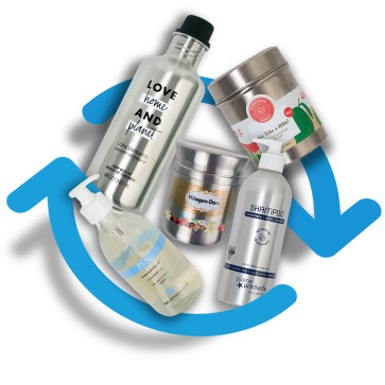
Here some of the reusable products from Loop
– Image credit: loopstore.com
– Reform: A challenge we still need to solve efficiently in the years to come is the redesign of material used for packaging. The idea of reforming the way packages are made is crucial if we need to translate from a Net Zero goals mentality to a positive environment influence one. Interestingly, most packaging can be designed as biological nutrients. The idea is to assemble a product with materials that can be tossed on the ground or biodegrade after their use, providing nutrition for other forms of life. A perfect example that matches this philosophy is Mushroom Packaging by MycoComposite™, a solution that uses only hemp herds and mycelium to create efficient and decomposable packaging. However, these types of technology are experimental and need to integrate with the fast-paced environment of the modern economy.

A look at Mushroom® Packaging by MycoComposite™
– Image credit: ecovativedesign.com
Although the industry is shaping more and more around the idea of sustainability, there is still a long road ahead, and the challenges posed by it are difficult to overcome. The upcoming years represent an exciting and innovative journey for the industry due to the unexploited potential of green packaging. For this reason, it is important to keep in mind that there is no such thing as right or wrong material but only right or wrong packaging.
